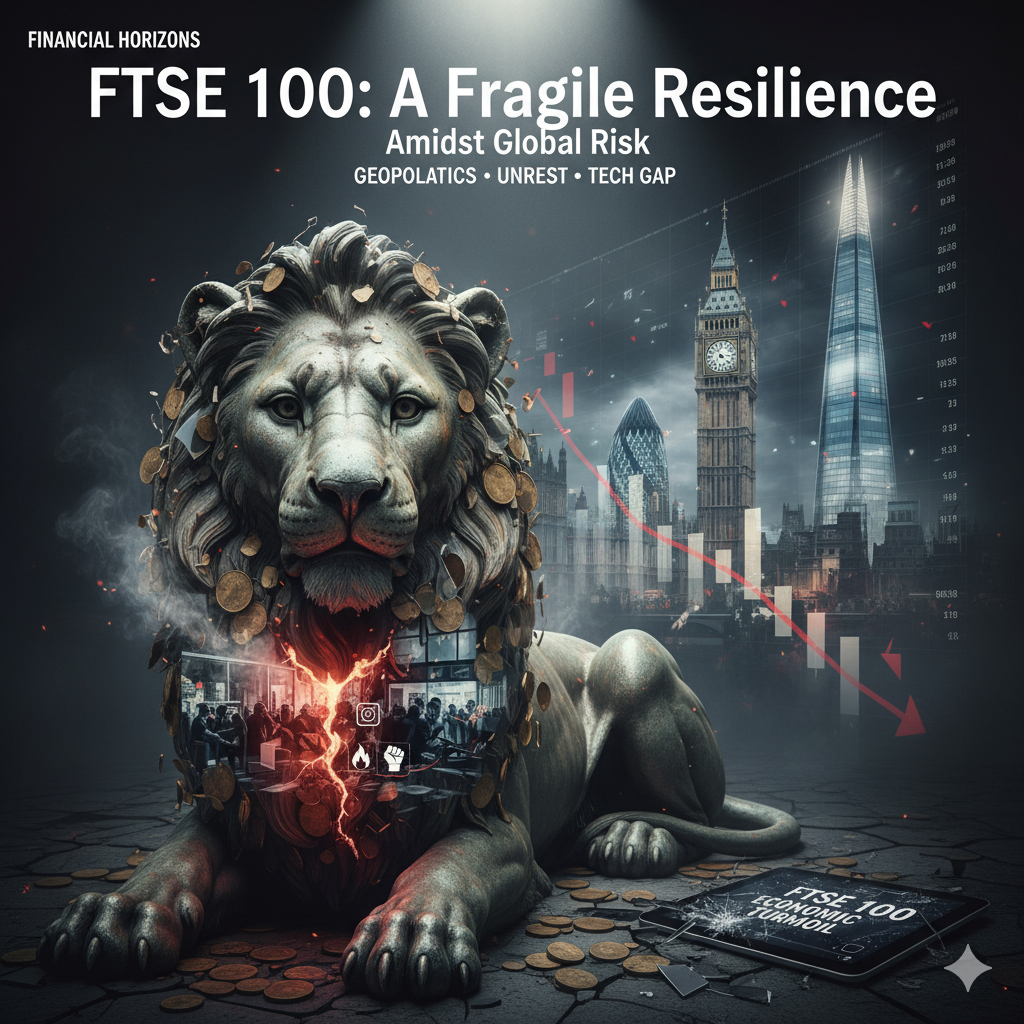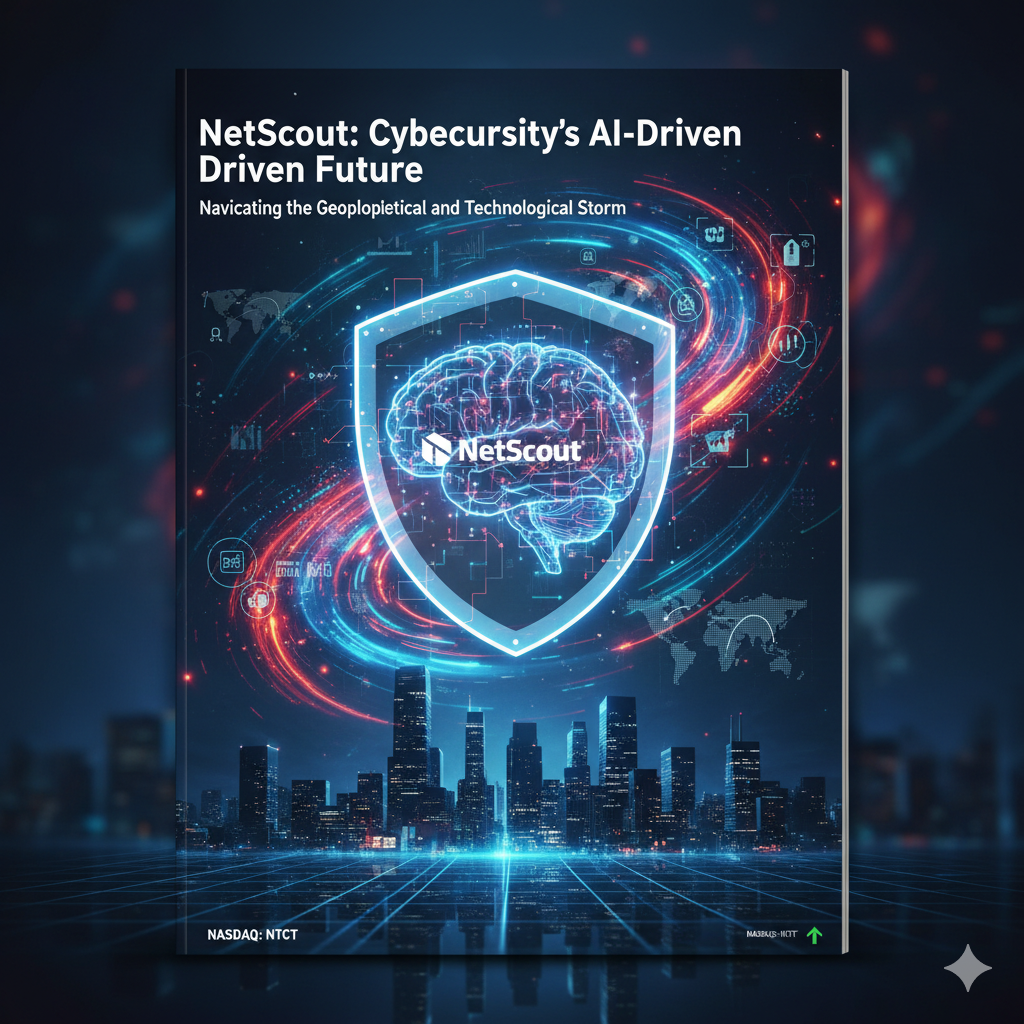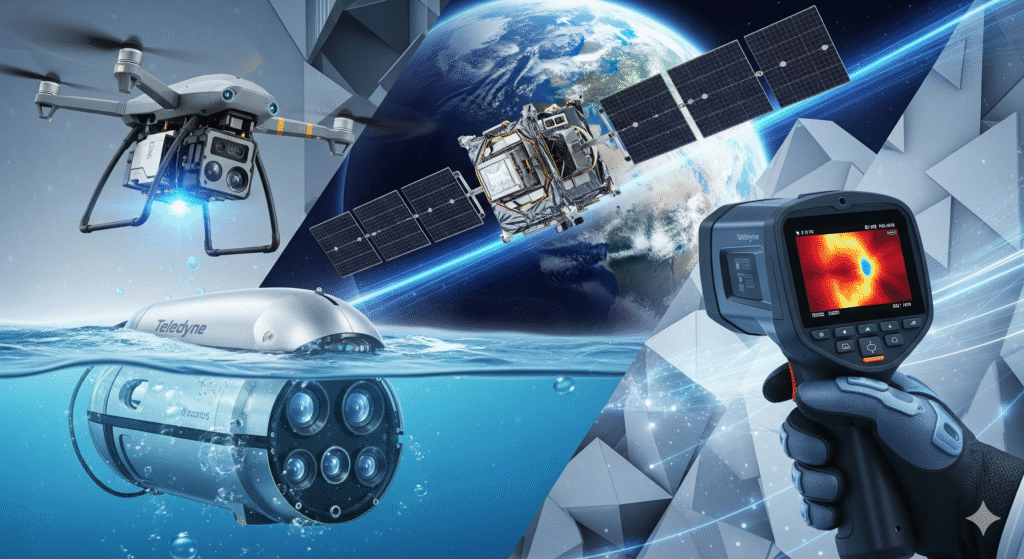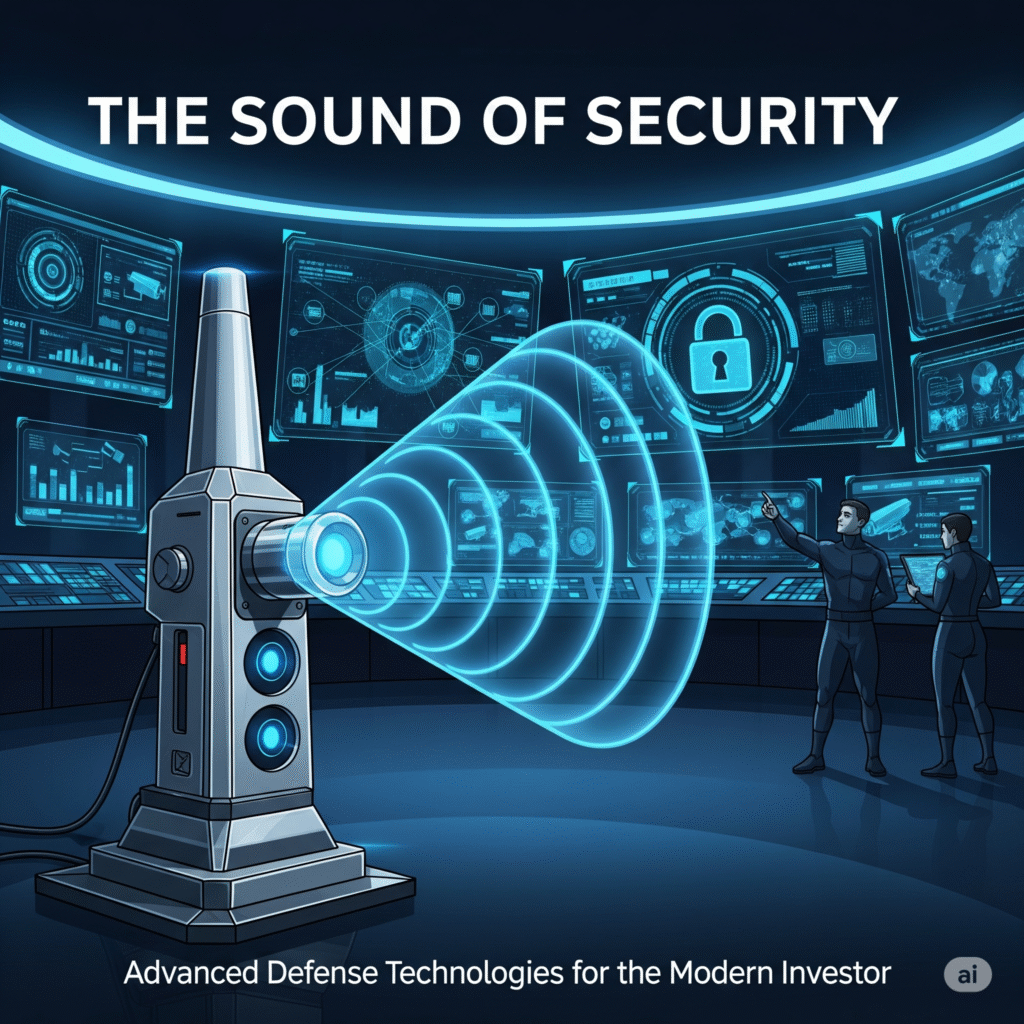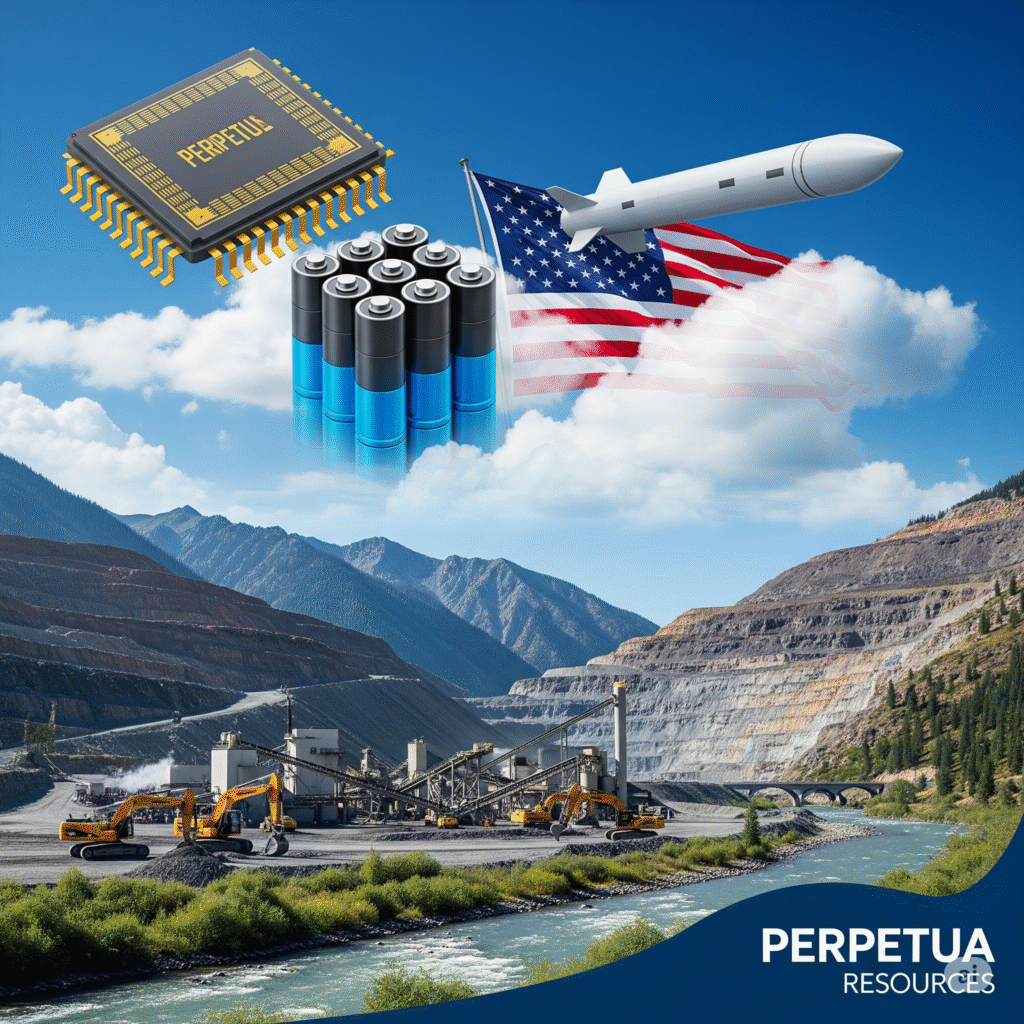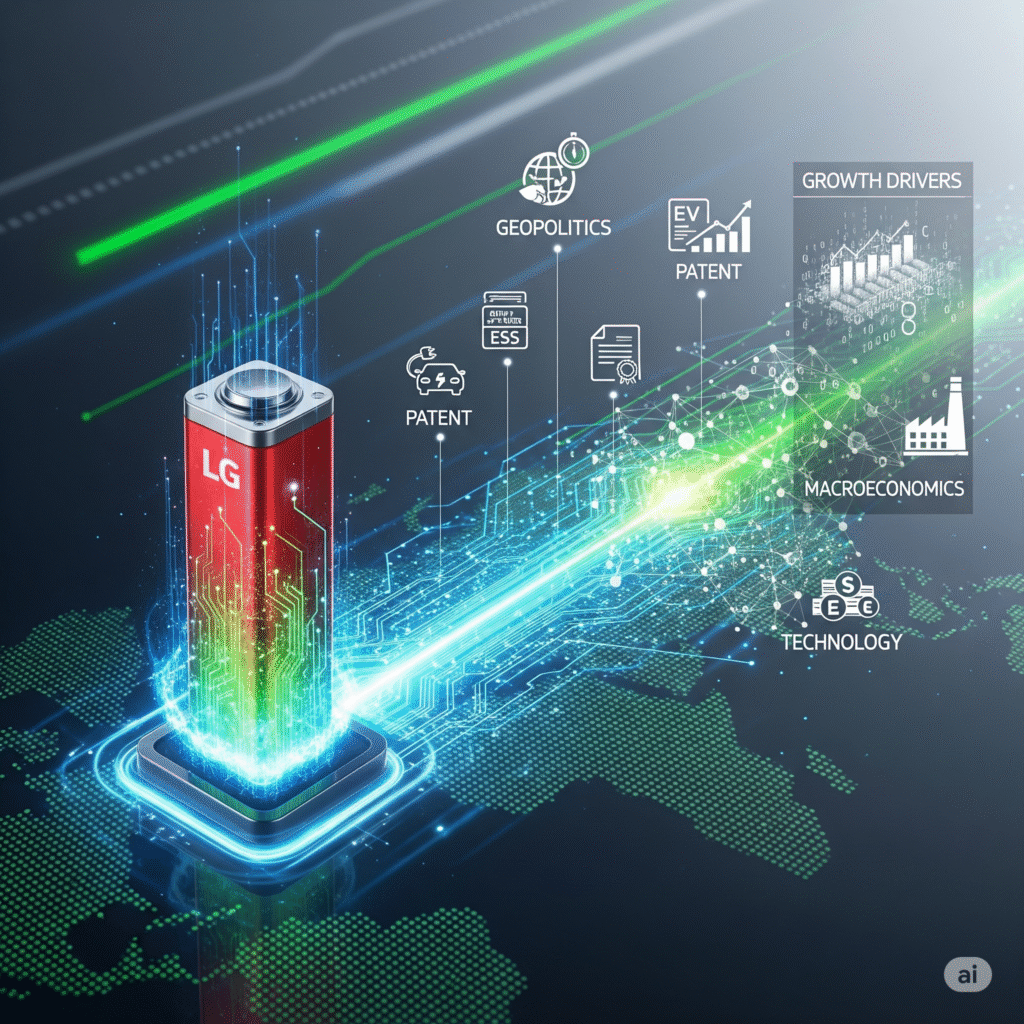I. The Price of Future Metals
The Metals Company (TMC) has captured intense market scrutiny. The company’s stock has surged, rising over 790% year-to-date, despite maintaining a pre-revenue operational status 1 This explosive movement generated an atypical Price-to-Book (P/B) ratio of 53.1x. This premium significantly exceeds the US Metals and Mining industry average of 2.4x.1 This valuation reflects a market assessment of profound political security and resource scarcity, not conventional profitability metrics.
The investment proposition for TMC relies fundamentally on geopolitical leverage and technological readiness. Investors are capitalizing on the future certainty of access to strategic critical minerals.3 This high P/B multiple fundamentally suggests the market views TMC as a key strategic asset. This valuation places the stock as a direct bet on the successful execution of the US critical mineral independence policy.4 The value assigned is largely based on the strategic significance of the Clarion-Clipperton Zone (CCZ) resources, estimated to hold 340 million tonnes of nickel.5
II. Geopolitical Imperative: Bypassing the ISA Framework
A. The US Critical Mineral Security Mandate (Geostrategy)
The global energy transition mandates an overwhelming increase in critical mineral supply. Materials like nickel, copper, and cobalt are essential components for electric vehicles (EVs) and renewable energy systems.7 Current supply chains remain highly centralized, creating vulnerability. China currently dominates the refining and supply of several key critical minerals required for high-tech manufacturing and military applications.9
The geopolitical focus has shifted to securing independent and resilient mineral supply chains. The US government views achieving reliable access to these minerals as a critical national security priority.4 TMC’s massive polymetallic nodule assets in the CCZ offer a non-land-based strategic alternative.5 These deep-sea resources represent a potential supply channel independent of traditional mining choke points.
B. DSHMRA Activation and Unilateral Policy Shift (Geopolitics)
A major regulatory shift occurred in April 2025 with Executive Order (E.O.) 14285. This order mandated the acceleration of US leadership in developing offshore critical minerals and resources.4 This decisive action reactivated the Deep Seabed Hard Mineral Resources Act (DSHMRA) of 1980.11 DSHMRA establishes a domestic framework for US entities to explore and recover minerals in international waters, known as Areas Beyond National Jurisdiction (ABNJ).11
TMC USA, the company’s US subsidiary, quickly capitalized on this policy opening. It submitted formal applications for both commercial recovery and exploration licenses under the expedited DSHMRA framework.13 This political intervention drastically reduced the previous regulatory uncertainty that had long hindered TMC’s timeline.15 The market response reflected the perception that the primary bottleneck permitting was being resolved by US strategic policy.
C. International Confrontation and Legal Bifurcation (Legal)
The US unilateral activation of DSHMRA initiates a profound international legal conflict.12 The International Seabed Authority (ISA) is the United Nations-mandated body responsible for regulating all mineral activities in ABNJ.4 The ISA immediately rejected the US approach. The ISA views any commercial exploitation outside its authorization as a direct violation of international law and the UN Convention on the Law of the Sea (UNCLOS).12
TMC’s strategy exploits the long-standing US refusal to ratify UNCLOS. It also leverages the ISA’s protracted delay in finalizing the Mining Code for exploitation activities.17 The market is essentially engaging in regulatory risk arbitrage. Investors are betting that the domestic legal structure provided by DSHMRA is sufficiently robust to allow operations to proceed.17 This strategic positioning, capitalizing on geopolitical fracture, is the single largest driver of the recent valuation spike. The core legal risk shifts from the slow pace of ISA approval to potential international enforcement actions by UNCLOS member states, a risk currently discounted by the market.
Table 1: Geopolitical and Legal Risk Bifurcation
| Regulatory Body | Legal Framework | TMC Action Status | Geopolitical Consequence |
| US Government/NOAA | DSHMRA (1980) 11 | Applied for Commercial Permit (Fast-track) 13 | Unilateral action, securing US mineral independence.4 |
| International Seabed Authority (ISA) | UNCLOS (1982) 4 | Existing Exploration Contracts 4 | Violation of international law; ISA rejection 16 |
| Strategic Stakes | US Supply Chain Security 4 | Integrity of Global Law of the Sea 12 | High-stakes legal confrontation fuels valuation volatility. |
III. Macroeconomic Tailwinds and Commodity Leverage
A. Exponential Clean Energy Demand (Macroeconomics)
Structural shifts in global energy policy create powerful macroeconomic tailwinds for critical minerals. The International Energy Agency (IEA) forecasts massive demand increases for materials essential to clean energy technologies.18 Mineral demand for these technologies is projected to double by 2030, based on existing policy settings.18 If net-zero goals are pursued, demand could potentially quadruple by 2040.7
The battery market, specifically, drives this demand. The global market for Lithium Nickel Manganese Cobalt Oxide (NMC) battery cathode powders is anticipated to reach $4.5 billion by 2030.8 Surging global EV adoption requires large-capacity NMC packs. This proliferation is projected to push nickel demand specifically for EV batteries to as high as 1.09 million tonnes annually by 2030.8 This irreversible macro trend provides long-term fundamental support for TMC’s resource base.
B. Pricing the Scarcity Premium (Economics)
The valuation of TMC is tethered directly to the immense, high-quality polymetallic nodule resources in the CCZ. These reserves contain an estimated 15.5 million tonnes of nickel and 12.8 million tonnes of copper.5 The high concentration of these four essential battery metals (nickel, copper, cobalt, manganese) in one location provides an intrinsic economic benefit.5 This density offers a natural hedge against commodity-specific supply shocks.
The political certainty provided by E.O. 14285 enhances the perceived asset quality of these reserves.15 This combination of strategic resource scarcity and policy access justifies the significant premium embedded in the 53.1x P/B ratio.1 Investors are valuing the future certainty of supply inherent in accessing these immense CCZ deep-sea resources.3
Table 2: Global Critical Mineral Demand Drivers and CCZ Resources
| Domain | Metric/Forecast | TMC Resource Value (CCZ) | Significance |
| Macroeconomics | Critical Mineral Demand (IEA) | Triple by 2030 7 | High demand justifies new supply paths. |
| Economics | Nickel EV Demand (2030) | Up to 1.09M tonnes annually 10 | CCZ holds 340M tonnes of Nickel.5 |
| Technology | Copper Demand (Clean Energy) | Quadruple by 2040 7 | CCZ holds 275M tonnes of Copper.5 |
| Geopolitics | Supply Concentration Risk | High (Indonesia, China control) 9 | TMC offers non-land-based strategic security. |
C. Strategic Validation and Capital Infusion (Economics)
A crucial de-risking event was the $85.2 million strategic investment by Korea Zinc.19 Korea Zinc, a major global metals refiner, acquired a 5% stake in TMC. The price per share ($4.34) was set at a premium above recent market trading prices.19 This premium signaled strong confidence in TMC’s long-term prospects.
This partnership strategically validates the company’s entire supply chain proposition. Resource companies typically face extraction risk, but pre-revenue ventures face high commercialization risk, particularly downstream processing. The Korea Zinc deal specifically mitigates the chemical processing risk, confirming that nodule-derived metals can be successfully refined using existing, established technology.20 This crucial integration transforms TMC from a pure extraction concept into a vertically de-risked provider. Such strategic industrial validation is often more powerful than validation from generalist financial investors, justifying the higher strategic valuation premium. The capital infusion also provides immediate financial runway, addressing near-term liquidity concerns.20
IV. Technology, Science, and the High-Tech Moat
A. Technical Feasibility and High-Tech Collection (Technology, High-Tech)
TMC successfully demonstrated technical feasibility through deep-sea collection trials in 2022.21 The integrated collection system, developed with partner Allseas, constitutes a significant engineering achievement.22 This system operates at extreme depths, between 4,000 and 6,000 meters below sea level.22 Key components include a custom subsea collector designed to pick up nodules gently, minimizing seabed disturbance.23
During the trials, TMC successfully retrieved over 3,000 tonnes of nodules.21 The nodules were transported to the surface via a proprietary 4.5-kilometer vertical riser system.23 This achievement represents the first successful integrated collection system trial since the 1970s, validating the high-tech moat necessary for commercial operations.23 The operational readiness demonstrated in the NORI-D test area is central to the company’s assertion of first-mover advantage.21
B. The Environmental Calculation and Scientific Debate (Science)
TMC employs Life Cycle Assessments (LCAs) to position its deep-sea operations as a sustainable alternative to land-based mining.23 These LCAs suggest that producing metals from polymetallic nodules can significantly compress most lifecycle ESG impacts compared to conventional terrestrial mining.24 Nodule collection avoids severe impacts like deforestation, destruction of carbon sinks, displacement of local communities, and the generation of massive volumes of toxic mine waste.24
The company claims that nodule collection reduces greenhouse gas emissions and freshwater use compared to traditional methods.24 Furthermore, TMC estimates that the impact area on the abyssal seafloor in the low-productivity CCZ (42,000 square kilometers per year) is less than 1% of the area affected annually by global trawling operations (4.9 million square kilometers).24 While this narrative of comparative advantage is strong, conservationists caution that comparing land and deep-sea impacts is difficult due to the limited scientific understanding of deep-sea biodiversity and ecosystem function.24 The market values TMC’s ability to articulate an ESG-positive narrative relative to the established terrestrial mining sector, which helps secure capital sensitive to ESG criteria.
C. Intellectual Property, Patents, and Cyber Resilience (Patent Analysis, High-Tech, Cyber)
TMC’s market valuation is critically dependent on its proprietary technology, secured by a growing Intellectual Property (IP) portfolio.26 The company maintains a portfolio of both issued patents and pending patent applications.27 This IP covers specialized aspects of offshore collection systems and the refining processes necessary to recover metals from polymetallic nodules.27 Patents have been strategically filed across North America, Europe, and Asia to establish a protective technological moat.28
For a zero-revenue company focused on commercializing unproven technology, this proprietary IP represents the core tangible value that supports the valuation premium.1 The capitalization of this high-tech IP is reflected in the distance between TMC’s P/B ratio and the industry average. This substantial valuation premium explicitly incorporates the market’s faith in the protective power of the patents, which create a high barrier to entry for potential competitors.27 Furthermore, protecting these trade secrets and proprietary technologies necessitates robust cyber defense and operational resilience strategies against state-level or competitive industrial espionage.26
V. Financial Realities and Valuation Justification
A. Deconstructing the Extreme P/B Multiplier (Economics)
The Price-to-Book ratio of 53.1x fundamentally measures the market’s expectation of future asset quality.1 Investors are willing to pay a steep premium for assets that are simultaneously strategically critical (battery metals) and politically secure (via the DSHMRA path).15 This valuation multiple signals profound optimism about the asset quality and potential future earnings power derived from the massive CCZ reserves, overriding current financial losses.1
The market assesses that the value of guaranteed, independent supply access to critical minerals outweighs the near-term financial risks associated with a pre-revenue venture.4 While tangible assets are central to early-stage resource companies, the P/B ratio here incorporates significant intangible value, primarily policy access and proprietary technology.
Table 3: Comparative Valuation and Strategic Validation
| Metric | TMC (The Metals Company) | Industry/Market Context | Analytical Implication |
| Price-to-Book (P/B) Ratio | 53.1x 1 | US Industry Avg: 2.4x 1 | Reflects massive premium based on non-tangible asset value (IP, reserves, policy access). |
| Strategic Investment | $85.2M (Korea Zinc) 19 | Price per Share: $4.34 (Premium) 19 | Third-party validation of processing viability and strategic importance. |
| Financial Status | Pre-Revenue, Net Loss 2 | High Dilution Risk (Warrants) 29 | Investment remains speculative, requiring successful capital management. |
B. Capital Structure and Dilution Risk (Economics)
TMC remains a speculative investment, operating with zero revenue and persistent net losses.2 Successfully managing capital is essential for advancing operations toward commercial viability. The company strategically utilizes warrants, such as those issued to Korea Zinc, as part of its funding structure.20 Warrants function similarly to employee stock options in terms of dilution impact upon exercise.29
The issuance of warrants serves two purposes: raising immediate strategic capital and guaranteeing a source of future equity capital.29 However, when warrants are exercised, the company issues new shares, diluting the ownership interest of existing shareholders.29 The $214.4 million shelf registration filing further signals the company’s intent to maintain capital flexibility through future equity raises.2 Investors must account for the substantial and unavoidable dilution inherent in funding a project of this scale until commercial production proves profitable.
VI. Conclusion: The Deep-Sea Investment Calculus
TMC’s extraordinary valuation is a direct function of converging geopolitical, macroeconomic, and technological forces. The most powerful recent catalyst is the activation of the US DSHMRA.4 This policy shift transforms TMC into the immediate strategic instrument for securing US critical mineral independence. The market is pricing the company based on this privileged access to immense resources.6
This strategic position, coupled with demonstrated technical collection feasibility and industrial validation from Korea Zinc, mitigates several critical execution risks.19 The extreme P/B ratio reflects the market’s capitalization of TMC’s proprietary IP and its unique geopolitical leverage.1 While significant financial risks remain due to zero revenue and potential dilution, the investment narrative is a calculated bet. Investors anticipate that the force of US policy and the necessity of independent resource supply will ultimately overcome international legal challenges and scientific environmental uncertainty.
References
- TMC The Metals Company (TMC): Valuation in Focus as Policy Shifts Drive Renewed Investor Interest – Webull
- A Look at TMC (NasdaqGS:TMC) Valuation After Shelf Registration Signals Potential Capital Raise – Webull
- Implementing Precaution in Benefit-Cost Analysis – World Bank Open Knowledge Repository
- Seabed Mining in Areas Beyond National Jurisdiction: Issues for Congress
- “Marine exploration of mineral resources is more about sovereignty than economics” – Polytechnique Insights
- World First: TMC USA Submits Application for Commercial Recovery of Deep-Sea Minerals in the High Seas Under U.S. Seabed Mining Code – Stock Titan
- What are the critical minerals for the energy transition – and where can they be found? – The World Economic Forum
- EV NMC Battery Market to Reach USD 70.8 Billion by 2030, Driven by Rapid Electrification and High-Energy Density Demand | Valuates Reports – PR Newswire
- Fears Trump’s deep-sea mining order will irreparably harm ecosystems – The Guardian
- Nickel Power: Will Demand for EVs Drive Supply to New Heights by 2030?
- U.S. Interest in Seabed Mining in Areas Beyond National Jurisdiction: Brief Background and Recent Developments | Congress.gov
- Critical minerals: The US bid to bypass international rules on deep …
- The Metals Company Applied to the U.S. for a Deep-Sea Mining License | Pulitzer Center
- Deep-sea miner TMC seeks U.S. approval, potentially bypassing global regulator
- How Expedited Deep-Sea Mining Permissions Could Influence TMC the metals (TMC) Investors – Simply Wall St News
- FAQs – International Seabed Authority
- Can Pacific nations regulate the risks of deep-sea mining? – Devpolicy Blog
- Global Critical Minerals Outlook 2024 – NET
- Korea Zinc’s $85.2 Million Strategic Investment in The Metals Company – Discovery Alert
- Why TMC The Metals Company Rallied 29% Today – Nasdaq
- Between Rocks and a Hard Place: Seabed Mining in the Pacific
- Pre-Feasibility Study: NORI-D Polymetallic Nodule Project – Discovery Alert
- Polymetallic nodule collection – Allseas
- Comparative Life Cycle Studies – TMC | Impact Report
- Deep-sea mining: a new gold rush or environmental disaster? | Context by TRF
- Intellectual Property: An Asset to Protect and Leverage in the Technology, Media & Communications Industry – Aon
- tmc the metals company inc. – SEC.gov
- Sustainable Energy & Infrastructure – Mintz
- Understanding the Dilutive Impact of Warrants – Equity Methods
The Metals Company Long (Buy
Enter At: 6.30
T.P_1: 7.36
T.P_2: 8.67
T.P_3: 9.84
T.P_4: 11.14
T.P_5: 12.33
S.L: 5.26









































